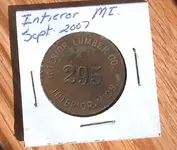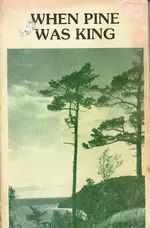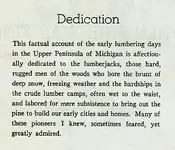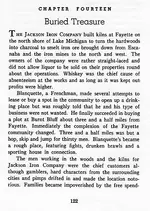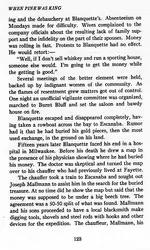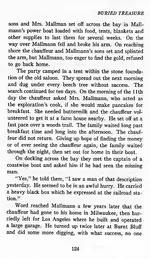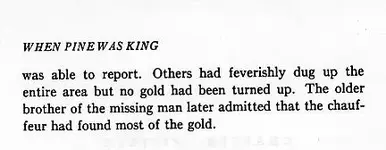Mich. Wolverine
Hero Member
- #1
Thread Owner
Interior, Ontonagon county: the Milwaukee, Lake shore & Western Railroad came through here in 1888; the Interior lumber company begain operations that year, and a village of 41 buildings (including a church, school and town hall) developed; Finley Morrison became it's first postmaster on Dec. 17, 1888; Interior sawed it's last log in 1895, but lumber dressing operations were carried on for two more years; it's post office was closed on May 17 1897; it's cemetery sign, put up by someone from Paulding, says it is "forgotten by everyone but God".
Robbins, Ontonagon county: this lumber settlement in Haight township formed around the mill of the Robbins Lumber Company, of Rhinelander, Wis. and Franklin S. Robbins became it's first postmaster on Oct. 24, 1891; given a station on the Chicago & Northwestern Railroad in 1892; it's post office closed on Aug. 3, 1898, but was restored from Dec. 18, 1902 to June 30, 1911.
Hope this helps.
Wolverine.
Robbins, Ontonagon county: this lumber settlement in Haight township formed around the mill of the Robbins Lumber Company, of Rhinelander, Wis. and Franklin S. Robbins became it's first postmaster on Oct. 24, 1891; given a station on the Chicago & Northwestern Railroad in 1892; it's post office closed on Aug. 3, 1898, but was restored from Dec. 18, 1902 to June 30, 1911.
Hope this helps.
Wolverine.




